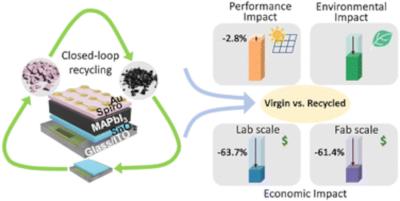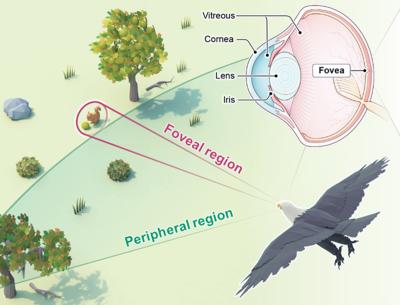Researchers exceed 99.5% geometrical fill factor in perovskite solar minimodules with advanced laser structuring
Researchers at CHOSE (Centre for Hybrid and Organic Solar Energy) at University of Rome ‘‘Tor Vergata’’ and Solertix (affiliated with Italy-based solar manufacturer FuturaSun) have reported reduced yield losses in cell-to-module scaling by utilizing ultranarrow interconnection of 19.5 μm.
In addition, the proposed interconnection technique may be used to achieve a 30% efficiency in area-matched 4T tandem designs featuring a perovskite module over a silicon cell.





